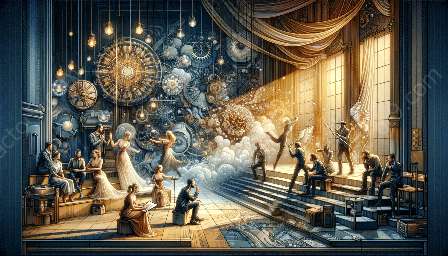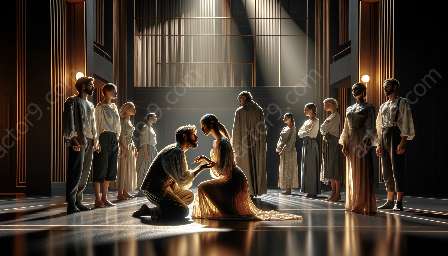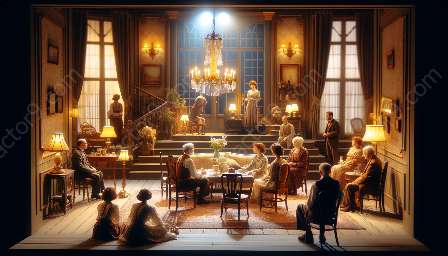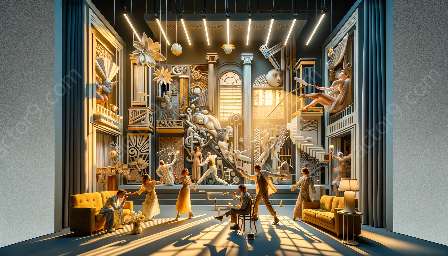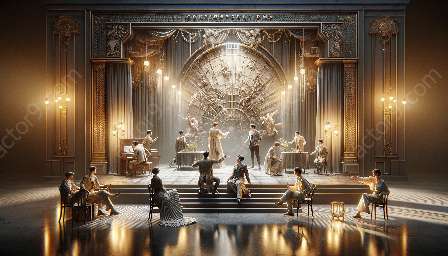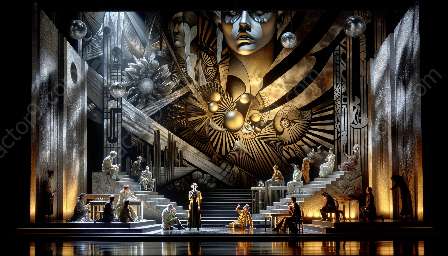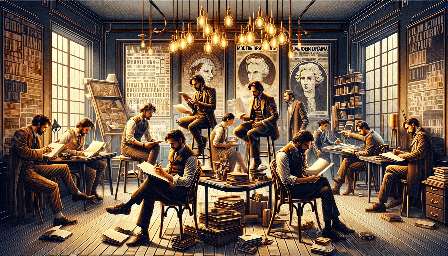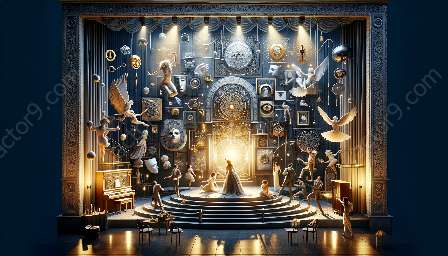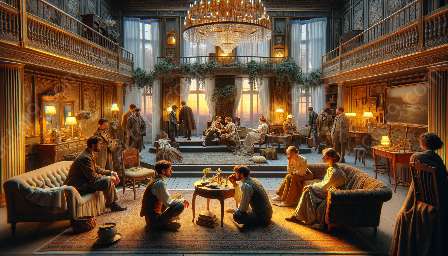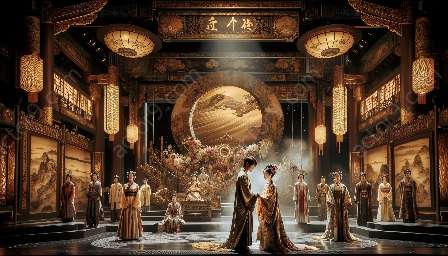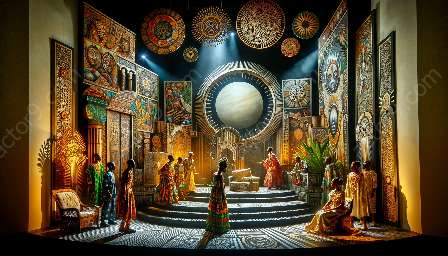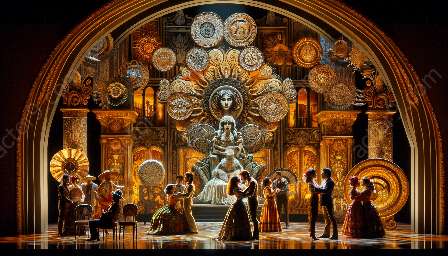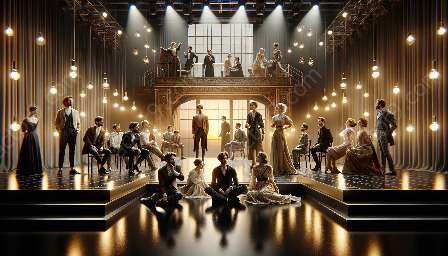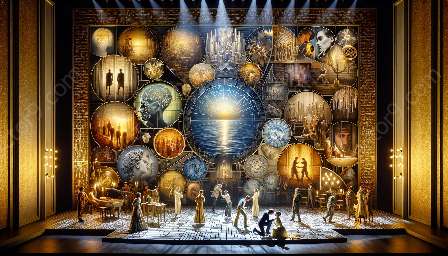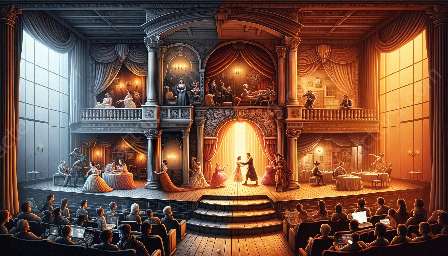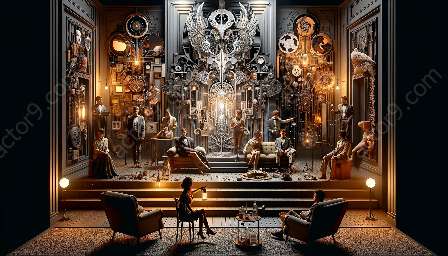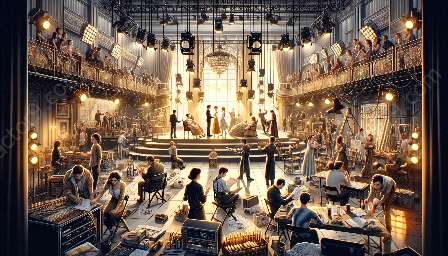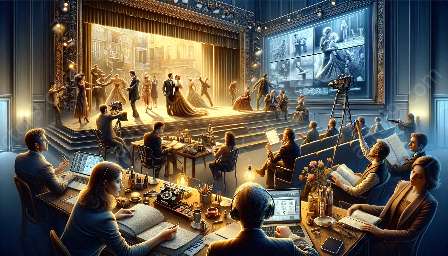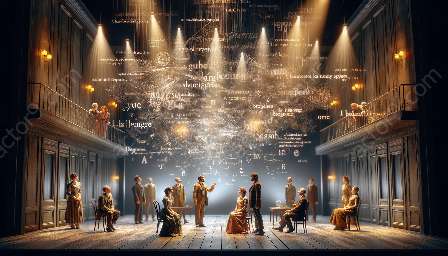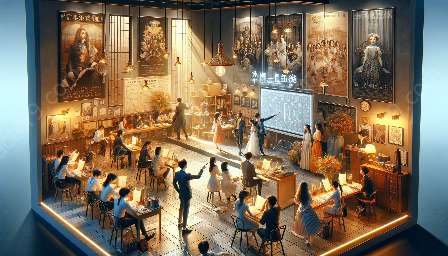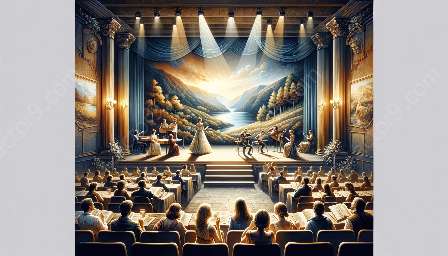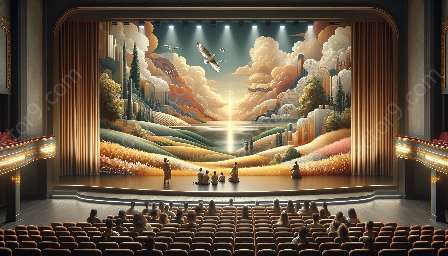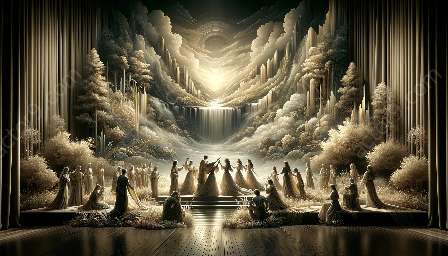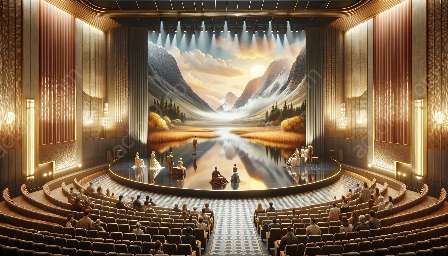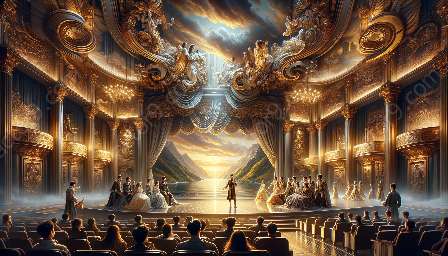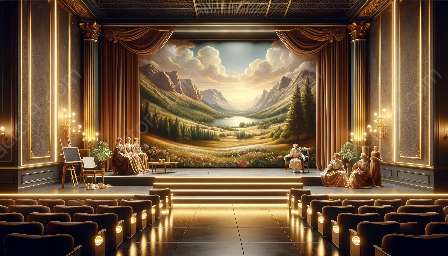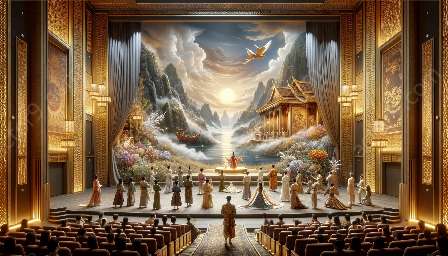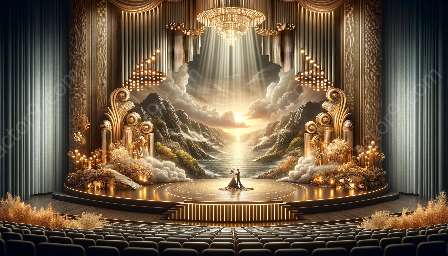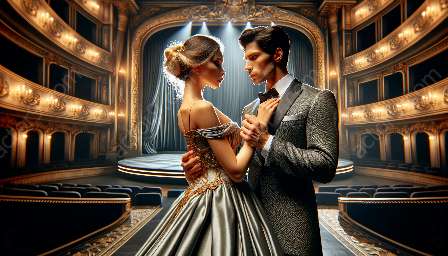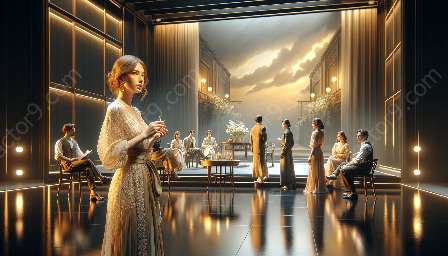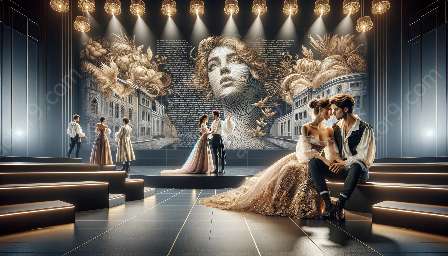Postmodern theater has revolutionized the way we perceive drama, challenging traditional norms and introducing new elements that redefine the theatrical experience. One such theme that holds significance in postmodern theater is the incorporation of spectacle and the sublime. To better understand this concept, it is essential to explore its relationship with modern and postmodern drama, as well as its impact on narratives and audience engagement.
Modern Drama
Modern drama, which emerged in the late 19th and early 20th centuries, witnessed a shift from the romantic and idealized notions of theater to a more realistic and introspective approach. Playwrights like Henrik Ibsen, Anton Chekhov, and George Bernard Shaw portrayed everyday life and social issues, infusing their works with a sense of authenticity and human experience. The emphasis was on psychological depth, character development, and social critique. Spectacle, in the traditional sense, was often minimal, with the focus primarily on the narrative and character dynamics.
Spectacle in Modern Drama
While traditional modern drama did not prioritize spectacle, there were instances where staging and visuals played a significant role in enhancing the narrative. Symbolist playwrights like Maurice Maeterlinck and August Strindberg experimented with dreamlike, symbolic settings and utilized visual elements to convey deeper meanings. However, these instances were relatively rare compared to the dominance of narrative and character-driven storytelling.
Postmodern Drama
With the advent of postmodernism, the boundaries of traditional storytelling and theatrical conventions were shattered. Postmodern drama embraced fragmentation, intertextuality, and self-reflexivity, often challenging the very nature of reality and representation. Playwrights like Samuel Beckett, Harold Pinter, and Tom Stoppard blurred the lines between the real and the imagined, inviting audiences to question their perceptions and assumptions. In this context, spectacle and the sublime took on new dimensions, serving as tools to disorient, provoke, and mesmerize.
Spectacle in Postmodern Theater
Postmodern theater introduced a heightened emphasis on spectacle, employing innovative staging techniques, multimedia elements, and non-linear storytelling to create immersive and captivating experiences. The use of avant-garde visuals, non-traditional performance spaces, and interactive technologies allowed for a deeper engagement with the audience, challenging them to participate in the construction of meaning. The incorporation of spectacle in postmodern theater often aimed to disrupt traditional narratives and provoke thought, evoking a sense of the unexpected and the extraordinary. This departure from the conventional notion of stagecraft marked a significant shift from the principles of modern drama.
The Sublime in Postmodern Theater
In addition to spectacle, the concept of the sublime became integral to postmodern theater. The sublime, as theorized by philosophers like Edmund Burke and Immanuel Kant, pertains to experiences that transcend ordinary understanding, evoking a sense of awe, fear, and overwhelming magnitude. Postmodern theater expertly engaged with the notion of the sublime, utilizing grand imagery, existential themes, and immersive soundscapes to transport audiences into the realm of the extraordinary. This exploration of the sublime in postmodern theater challenged traditional notions of beauty, harmony, and rationality, inviting audiences to confront the unknown and the inexplicable.
Impact on Narratives and Audience Experience
The integration of spectacle and the sublime in postmodern theater has profoundly influenced narratives and audience experience. Unlike modern drama, where the focus was primarily on character interaction and social commentary, postmodern theater places equal importance on the sensory and emotional impact of the theatrical experience. Non-linear narratives, fragmented storytelling, and the manipulation of time and space contribute to a sense of disorientation and intrigue, blurring the boundaries between reality and fiction. This deliberate disruption serves to challenge the audience's perceptions and assumptions, fostering a more active and participatory engagement.
The use of spectacle and the sublime also invites audiences to contemplate existential questions, confront the complexities of the human condition, and embrace the uncertain and the unknown. It transcends the confines of traditional realism, opening up new possibilities for theatrical expression and interpretation. The immersive nature of postmodern theater encourages a multi-sensory engagement, stimulating not only the intellect but also the emotions, creating a profound and transformative experience for the audience.
Conclusion
In conclusion, the incorporation of spectacle and the sublime in postmodern theater represents a significant departure from the principles of modern drama, challenging traditional theatrical conventions and redefining the boundaries of storytelling and performance. By embracing innovative staging techniques, existential themes, and the manipulation of reality, postmodern theater transcends the limitations of traditional narrative forms, inviting audiences to embark on a journey of exploration and introspection. The interplay of spectacle and the sublime in postmodern theater underscores the dynamic and ever-evolving nature of theatrical expression, marking a compelling shift in the landscape of contemporary drama.


